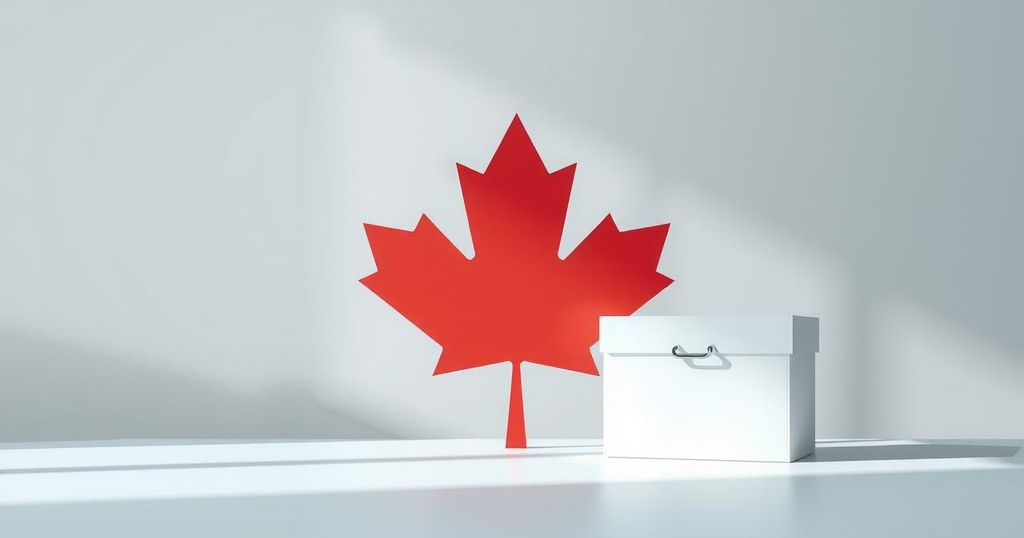President Trump’s “America First” strategies threaten Canadian markets with potential tariffs. Canada must devise long-term strategies to navigate these challenges while considering diplomatic responses. The country’s economic stagnation and reliance on U.S. trade necessitate strategic resource development and addressing internal barriers. Upcoming federal elections will focus on contrasting approaches to carbon policy amid external trade pressures.
The recent fallout from U.S. President Donald Trump’s “America First” policies has raised concerns for markets, with a potential 25 percent tariff on imports from Canada and Mexico. Such tariffs are part of a strategy aimed at boosting U.S. manufacturing and addressing trade deficits. In response, Canada must strategize long-term, keeping in mind the geopolitical landscape and potential collaborations with allies to counter American nationalism.
Immediate retaliatory measures from Canada may only be effective if other nations align. A considerable global tariff could impact economies significantly, with Canada likely facing a four percent GDP decline. However, American consumers are unlikely to favor rising prices, possibly prompting a reversal of Trump’s tariff strategy. Therefore, Canada’s best move may be to enhance trade relationships through diplomacy and address domestic inefficiencies that hinder economic growth.
Canada’s economic growth has stagnated in recent years, with modest per capita GDP increases compared to larger economies. Resolving issues such as interprovincial trade barriers and making strategic decisions regarding trade with the U.S. or diversifying export markets is imperative. The Canadian automotive sector relies heavily on U.S. trade, complicating diversification efforts.
Energy exports represent a different challenge, where Canada could benefit from resource development. However, regulatory hurdles and opposition have impeded progress on pipeline projects and liquefied natural gas initiatives. Meanwhile, other nations like the U.S. have successfully expanded energy exports, indicating a missed opportunity for Canada.
The contrasting strategies proposed by leaders like Conservative Leader Pierre Poilievre, who advocates for resource development, and Liberal hopeful Mark Carney, who favors stringent climate policies, reflect a broader debate. As Canada navigates uncertain economic waters, carbon policy will emerge as a pivotal issue in forthcoming federal elections, influenced by tariffs and productivity concerns.
The article discusses U.S. trade policies under President Trump and the implications for Canada. It highlights the economic challenges facing Canada amid potential tariffs and the need for strategic responses to maintain growth. The piece emphasizes the importance of addressing trade barriers, energy export potential, and differing political strategies related to climate policy. It sets the context for an evolving economic landscape and the upcoming Canadian elections.
In conclusion, Canada faces significant economic challenges due to the U.S. tariff threats entwined with Trump’s nationalist policies. Strategic responses involving diplomacy and addressing internal inefficiencies are critical. As the nation prepares for future elections, the debate over climate policy will be central to Canada’s economic vision, necessitating a reevaluation of growth strategies to respond effectively to external pressures.
Original Source: nationalpost.com




